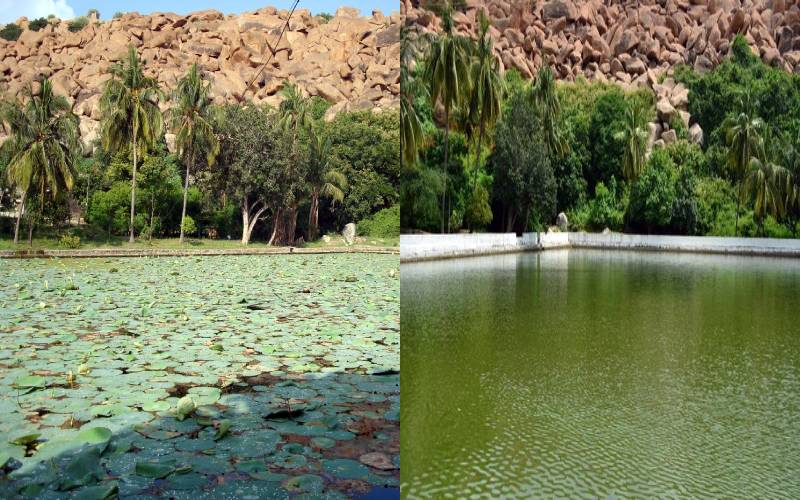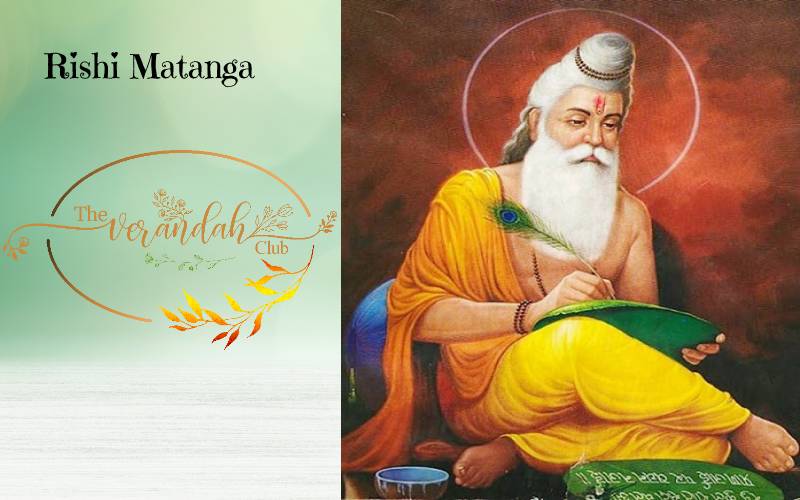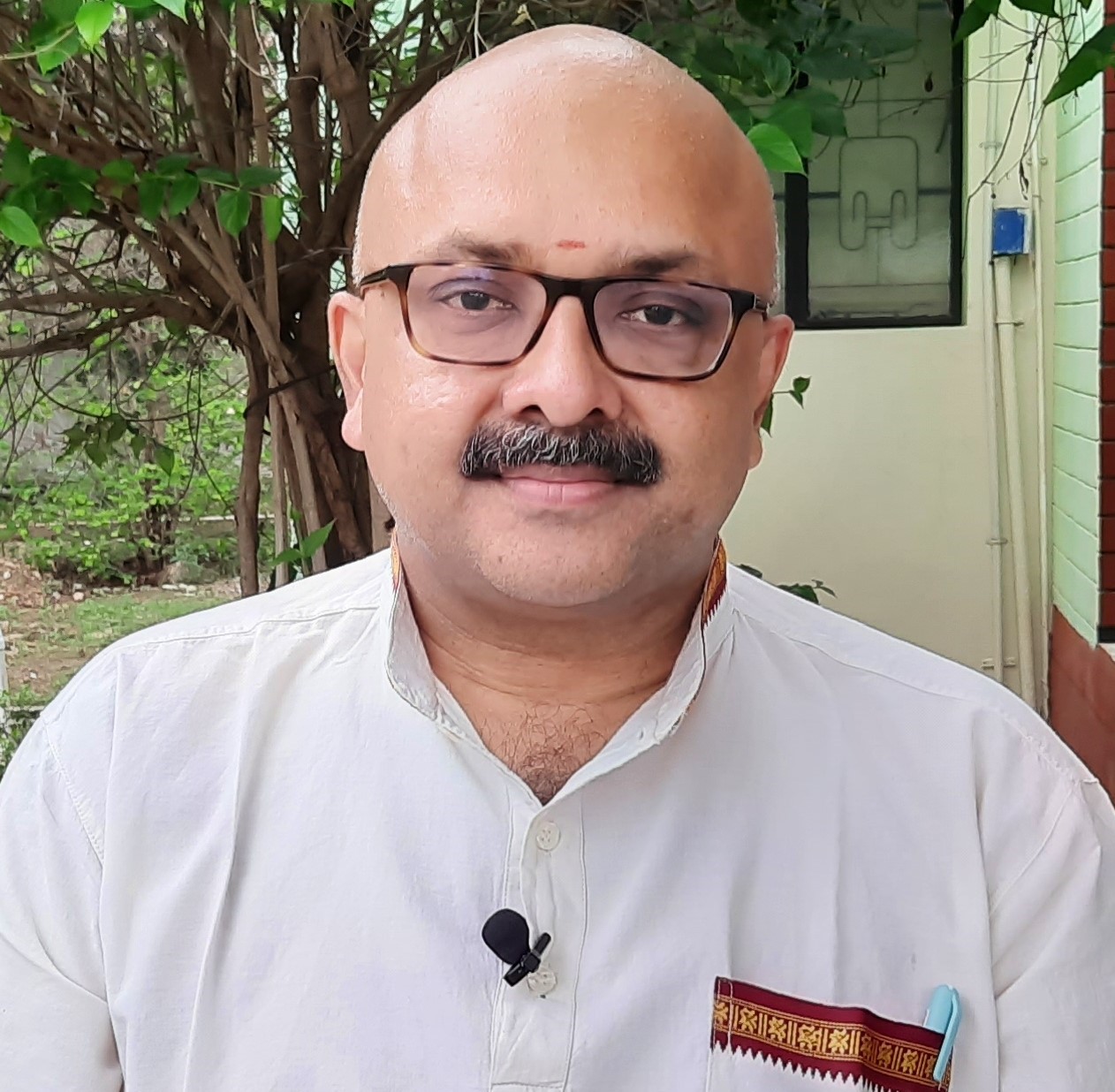
Water or Jal is treated sacred in India. It was conserved and used pertinently by the people of the land. Therefore, it was highly respected. In short, it was always a representation of God. There are numerous stories connected to the divine nature of the elixir of life, water.
Women in the kongu country were known to use water in a frugal manner. Brides were chosen based on hygiene and frugality of using water. Waters from the rivers and lakes were used for performing ritual baths at temples. Popular temples had reserved gold pitchers for this purpose. More than thousand years ago, the devotees of the temple at Somnath in Gujarat ensured that the water of Ganga was used for the ritual bath of the deity in the temple. A relay of water carriers would serve to carry the sacred waters to the temple everyday. This marvellous temple was destroyed by Mohammad of Ghazini during one of his brutal raids. He had put to sword the many thousands of people who had tried to resist his pact of violence. Finally, it was left to Sardar Vallabhai Patel to lay the foundation for the new temple at Somnath. He did it, amidst opposition from the then Prime Minister, Jawaharlal Nehru.
Five lakes are listed as sacred as per the Hindu theology and they are known as Panchsarovarovar, Manasarovar, Bindusarovar, Narayanasarovar, Pampasarovar, and Pushkarsarovar. The faithful can find references to the same in the ‘Bhagavata Purana.’ Pilgrims travel to these sarovars for the purpose of cleansing their body and mind. While water could clean the body, the sacred waters would help one to wash away bad thoughts and karma that had plagued a person.
In our scriptures, the Pampasarovar is regarded as the place where Pampa, a form of Shiva’s consort, Parvati, performed penance to show her devotion to Shiva. The Ramayana is another place where one can find a mention of this Sacred Pampasarovar. It was here that Sabari, a devotee of Rama had been waiting for him. Sabari was a disciple of Rishi Matanga and it was she who directed Rama while he was searching for Sita. Sabari had been a pious devotee of Rama and she yearned to see him. She lived in an ashram belonging to her Guru Matanga and this place is now known as Matanga Parvat in Hampi.

Rishi Matanga had told her that she would certainly see her lord. He attained liberation and Sabari lived in his ashram anticipating the arrival of Rama. Years passed by and Sabari grew old. At last, Rama came to her ashram, while he was trying to locate Sita. Sabari proceeded to feed Rama and Lakshmana. They were deeply touched by her piety and they bowed down at her feet. On learning about the kidnapping of Sita by the Lord of Sri Lanka, Ravana, Sabari suggested that they seek help from Hanuman and Sugreeva of the monkey kingdom. She told them that they lived further south near the Pampa lake.
The Pampasarovar is a lake in Koppal district near Hampi in Karnataka. It is located to the south of the Sacred Thunga Badhra. This lake is located in a valley, hidden among the hills on the road to Anebundi in Hospet. The lake is located about a kilometre from the foothills of a Hanuman Temple. Pampasarovar is filled with lotuses and is really picturesque when the lotuses are in full bloom. A Lakshmi Temple and a Shiva Temple face the pond. A small Ganesha shrine is located next to the pond under a mango tree.
The story of Sabari and the importance of Pampasarovar will have to be witnessed simultaneously. A large number of devotees visit Pampasarovar and are blessed by the grace of the sacred waters. The purpose of this essay is to make people mentally travel to Pampa and offer their prayers. Let us hope that the sacred waters of Bharat continue to bless the people who are in the path pursuing the purushartha-s, dharma, artha, kama, and moksha.

Mr. Rajesh Govindarajulu is one of the founding members of the Verandah Club Pvt. Ltd. He is a leading columnist, historian, jeweler, entrepreneur, and a heritage enthusiast who is earnestly working to revive the past in the light of the present. Experiential learning about the history of Coimbatore is his main course of interest and he is also a panel member of many colleges in the city.
NEXT ARTICLE